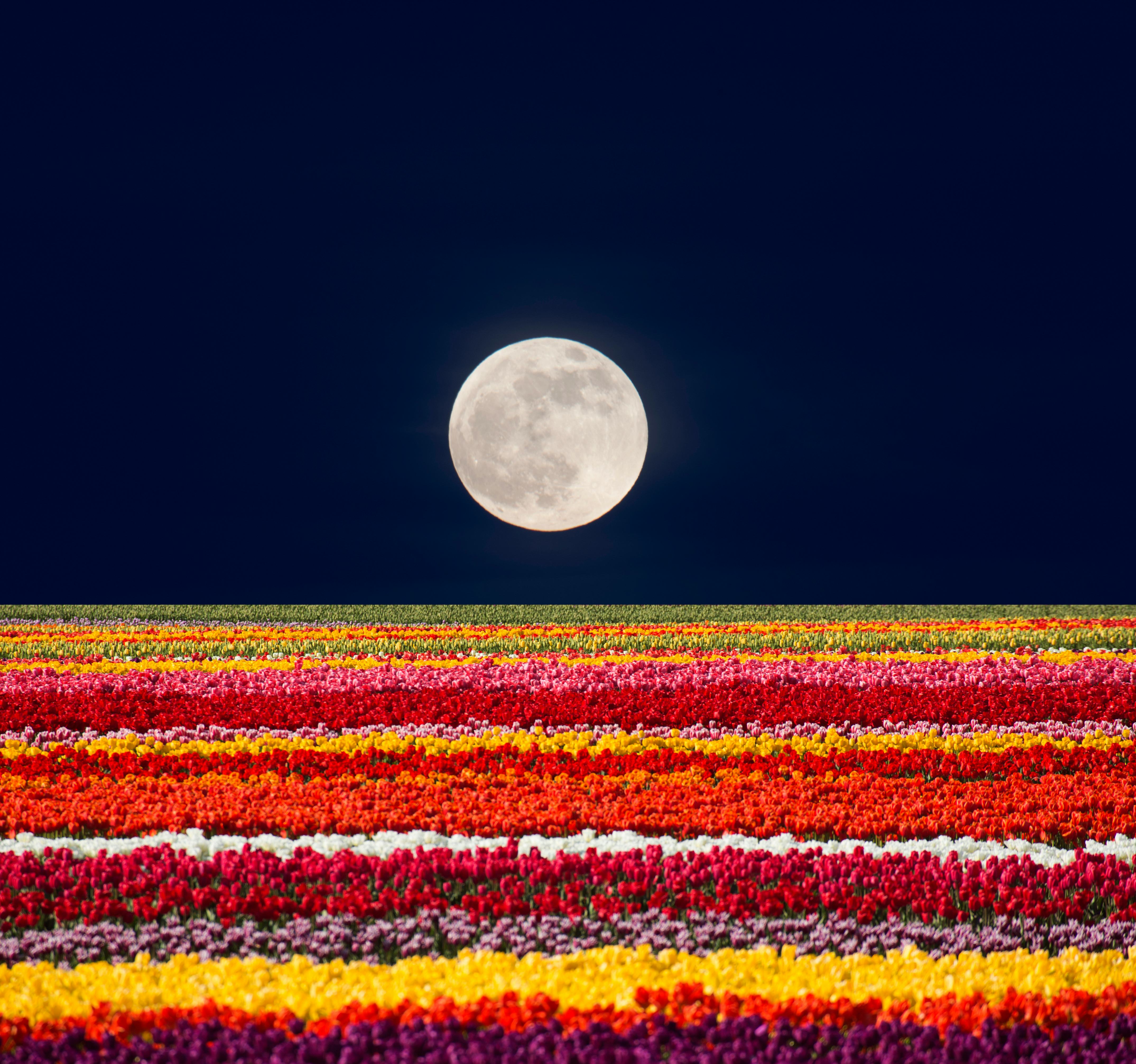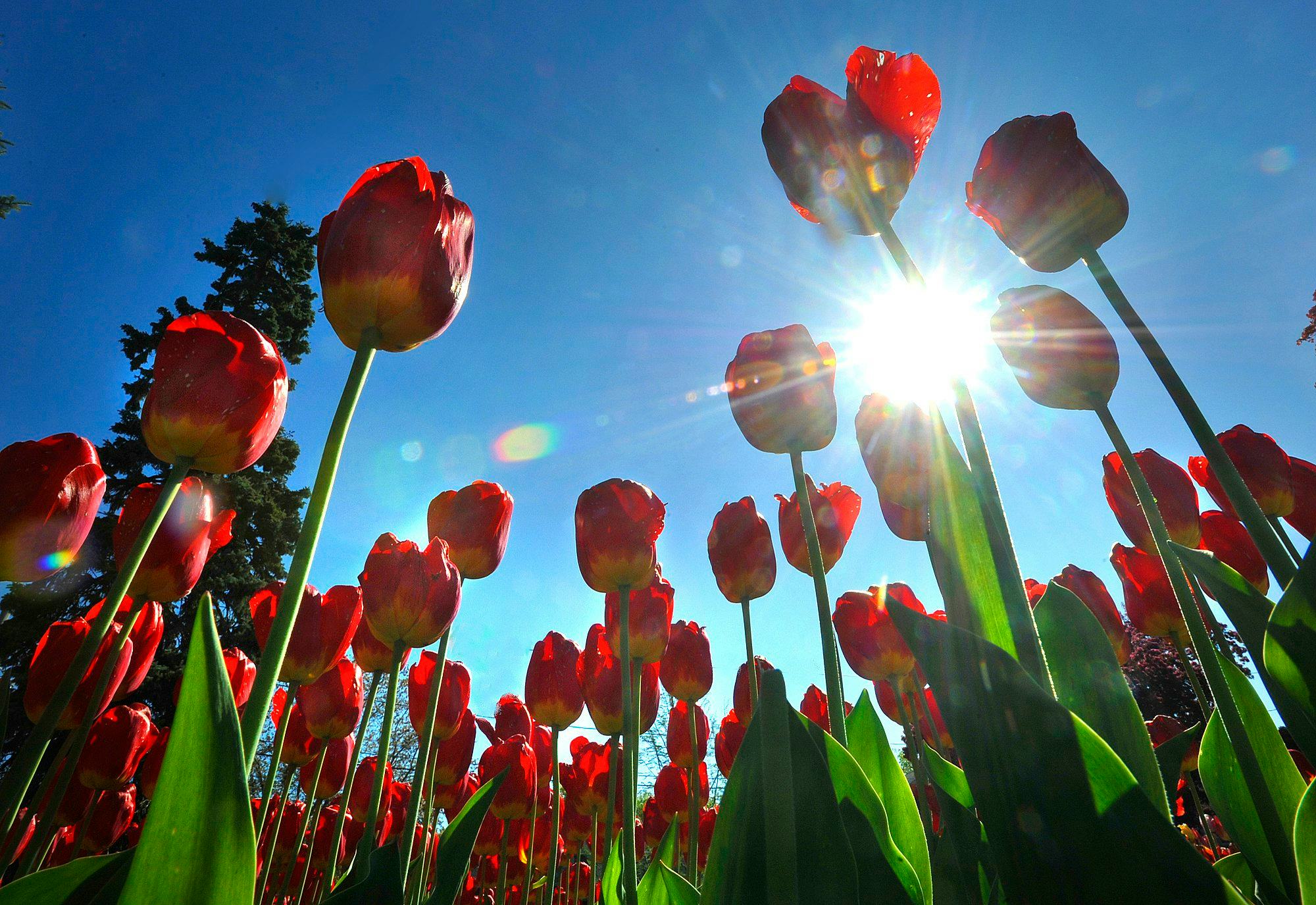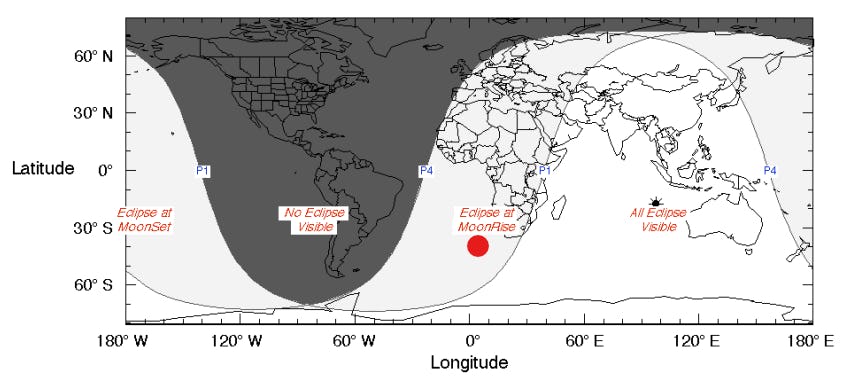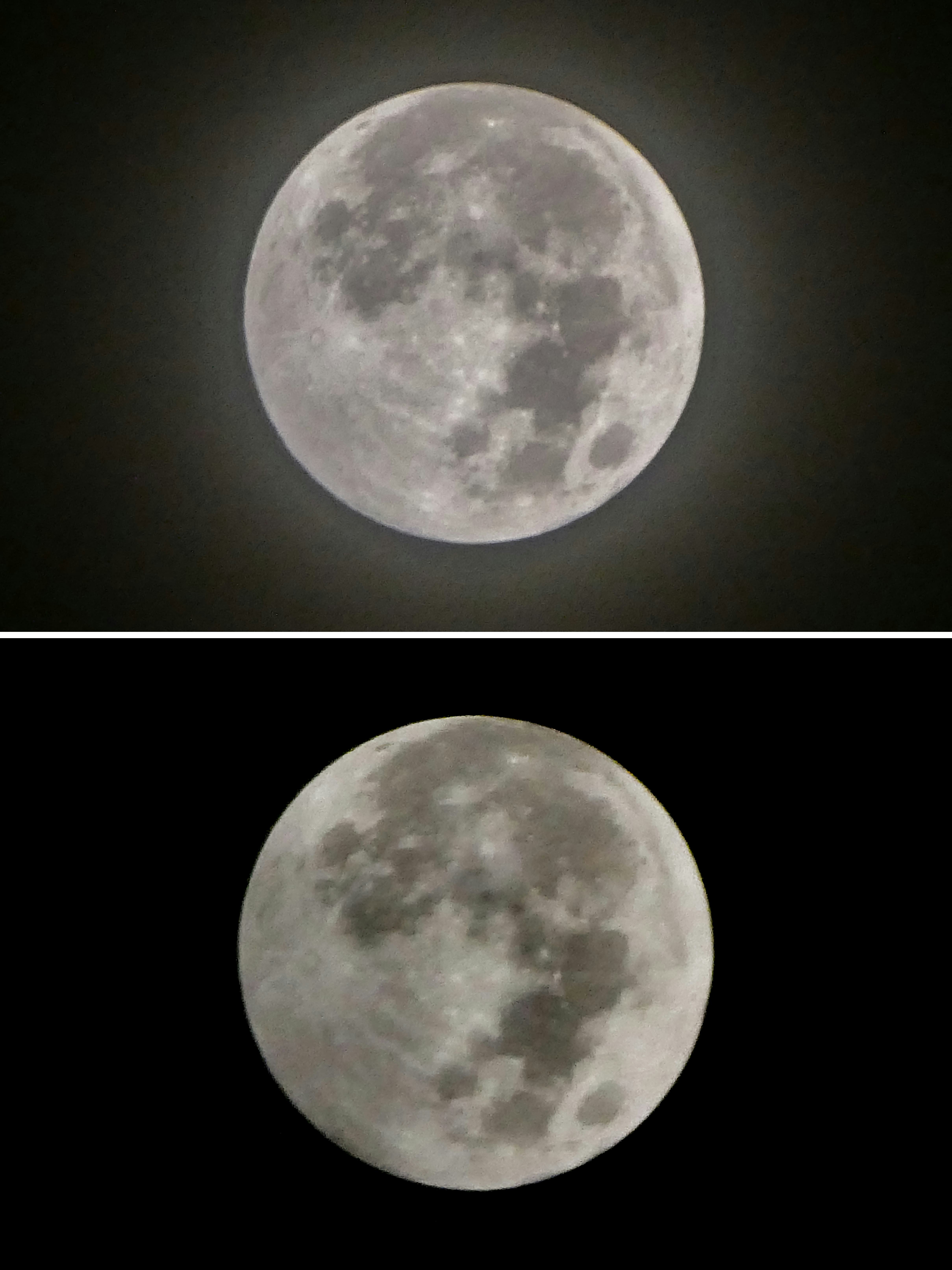
It’s the heart of springtime in the Northern Hemisphere, and this month’s full Moon name bears a clear homage to the season.
Called the Flower Moon, it will be at its biggest and brightest on May 5. And if you’re in the right place, you’ll be able to catch a lunar eclipse on the same night, though it’ll take some careful observation to see it.
Here’s everything you need to know about the Flower Moon, and how to watch the eclipse.
What is the Flower Moon?
Many North American full Moon names were published decades ago in guides like The Old Farmer’s Almanac. Each full Moon has multiple names since different Native American and colonial groups who came up with them were influenced by a variety of environments and traditions.
Flower Moon is the Algonquin name given to May’s full Moon. It’s a clear reference to the blooming flowers that are a common and reliable sight during this time of year in North America and many other parts of the world.

Similarly, one of the Cree names for May’s full Moon is the Budding Moon. References to animals are also common in Cree, giving this month’s Moon the additional titles of Egg Laying Moon and Frog Moon, according to The Old Farmer’s Almanac.
How to see the May 2023 full Moon and eclipse
In North America, South America, and northwestern Europe, the full Moon this month will appear big and bright like normal. It reaches its fullest point at 5:34 p.m. UTC (1:34 p.m. ET) on May 5. However, it’ll appear full between Thursday, May 4, to the early morning hours of Sunday, May 7.
And skywatchers across Asia, Australia, Africa, and central to southeastern Europe will get a front-row seat to a penumbral lunar eclipse. This type of eclipse happens when the Moon passes through Earth’s faint, outermost shadow, called the penumbra.

Unlike total eclipses that turn the lunar surface red or partial eclipses that block part of the Moon from view, a penumbral eclipse is more subtle. With only a faint shadow on its face, the Moon will appear just a bit dimmer than normal, and you’ll have to keep a close eye on it to see the change.
The eclipse begins at 3:14 p.m. UTC and will last for four hours and 17 minutes. If the effect doesn’t “wow” you, mark your calendar for the upcoming partial lunar eclipse on October 28.

When is the next full moon?
On June 3, just before midnight in the Eastern Time Zone, the Moon will be at its fullest once again. Its appearance marks the first signs of summer in the Northern Hemisphere, falling just weeks before the solstice.







